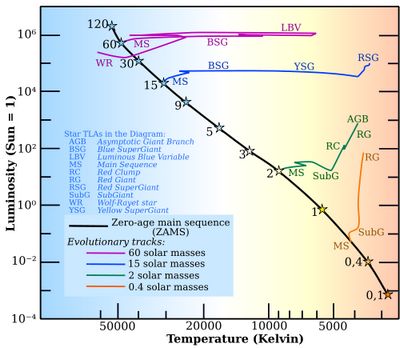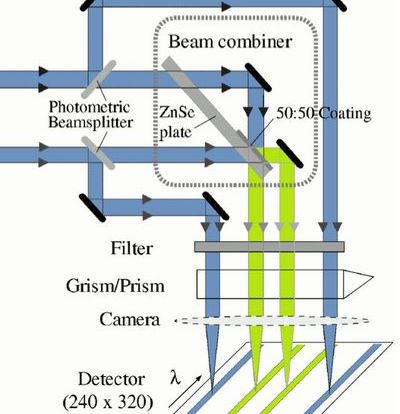

Mid-infrared (8-13 microns) interferometric data of W Hya were obtained with MIDI/VLTI between April 2007 and September 2009, covering nearly three pulsation cycles. The spectrally dispersed visibility data of all 75 observations were analyzed by fitting a circular fully limb-darkened disk (FDD) model to all data and individual pulsation phases. Asymmetries were studied with an elliptical FDD.
Modeling results in an apparent angular FDD diameter of W Hya of about (80 +/- 1.2) mas (7.8 AU) between 8 and 10 microns, which corresponds to an about 1.9 times larger diameter than the photospheric one. The diameter gradually increases up to (105 +/- 1.2) mas (10.3 AU) at 12 microns. In contrast, the FDD relative flux fraction decreases from (0.85 +/- 0.02) to (0.77 +/- 0.02), reflecting the increased flux contribution from a fully resolved surrounding silicate dust shell.
The asymmetric character of the extended structure could be confirmed. An elliptical FDD yields a position angle of (11 +/- 20) deg and an axis ratio of (0.87 +/- 0.07). A weak pulsation dependency is revealed with a diameter increase of (5.4 +/- 1.8) mas between visual minimum and maximum, while detected cycle-to-cycle variations are smaller. W Hya's diameter shows a behavior that is very similar to the Mira stars RR Sco and S Ori and can be described by an analogous model. The constant diameter part results from a partially resolved stellar disk, including a close molecular layer of H2O, while the increase beyond 10 microns can most likely be attributed to the contribution of a spatially resolved nearby Al2O3 dust shell.
